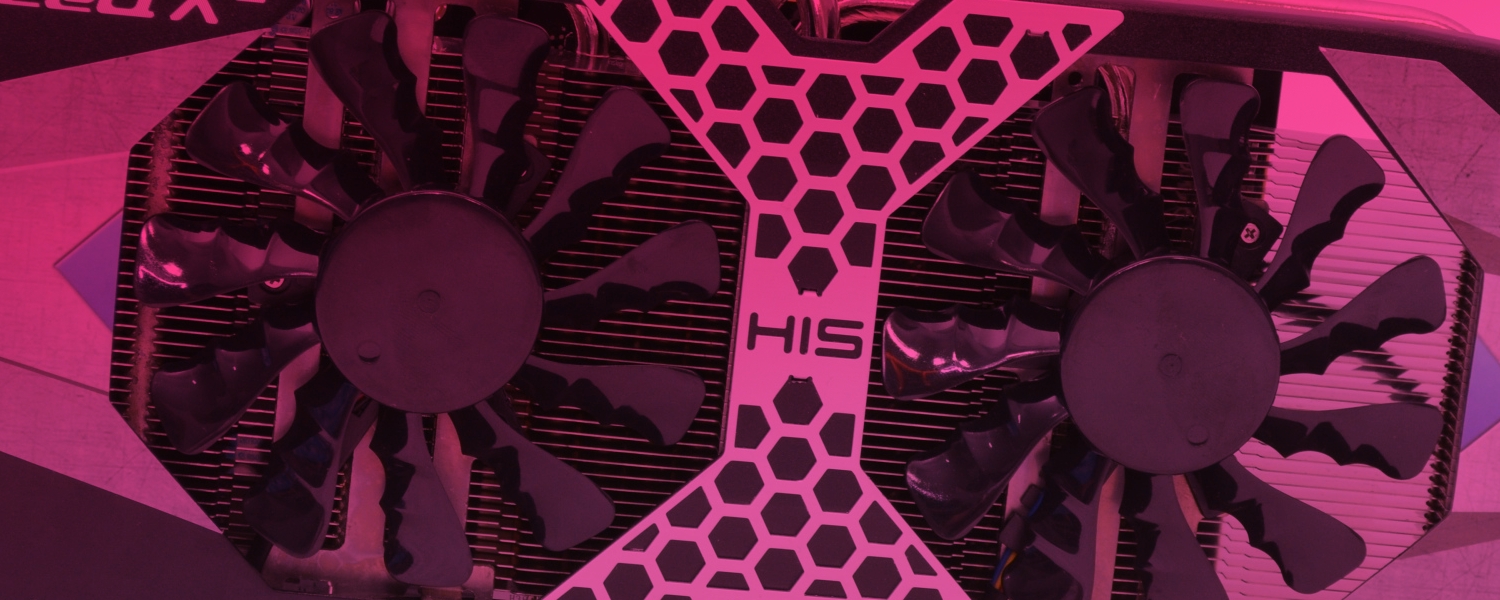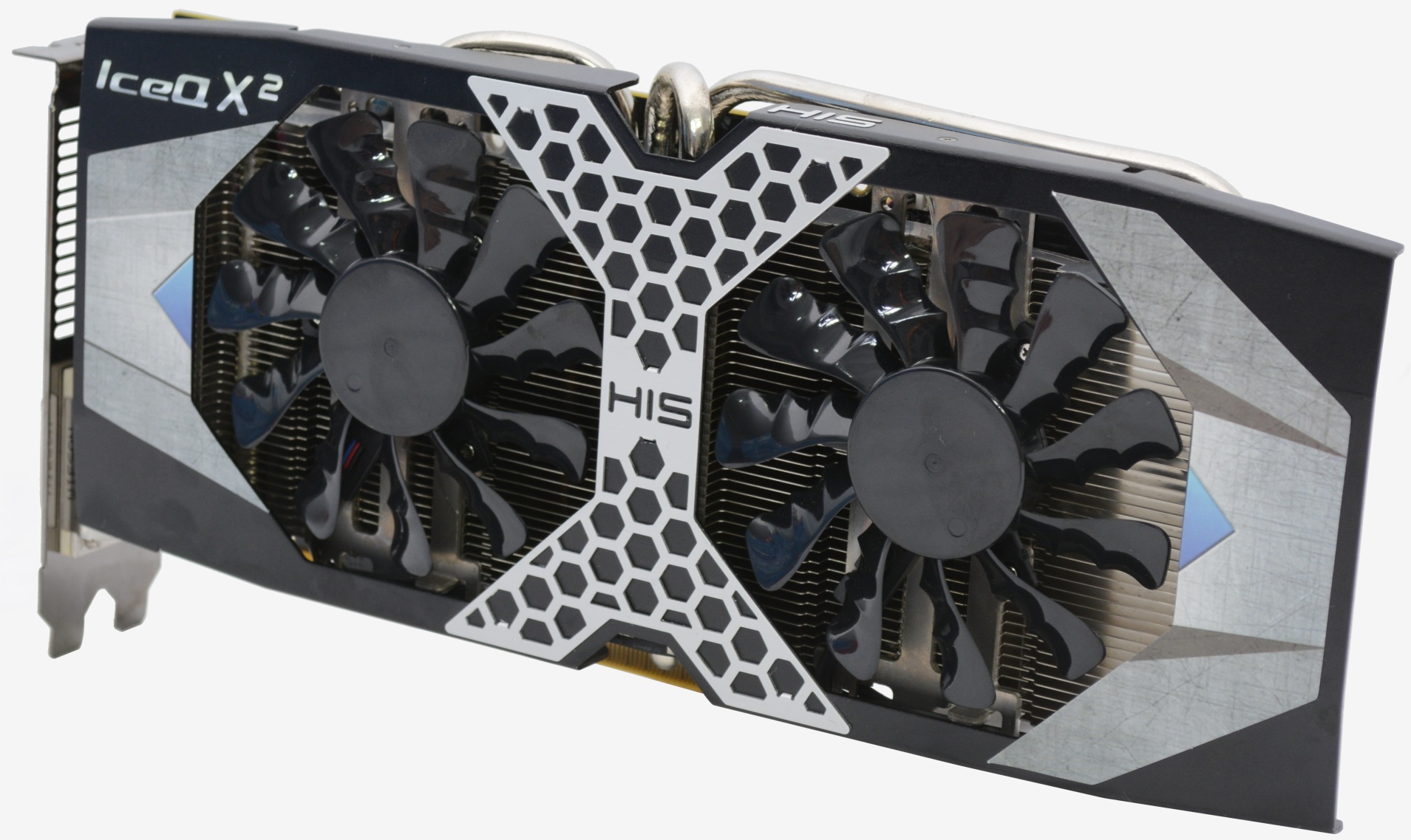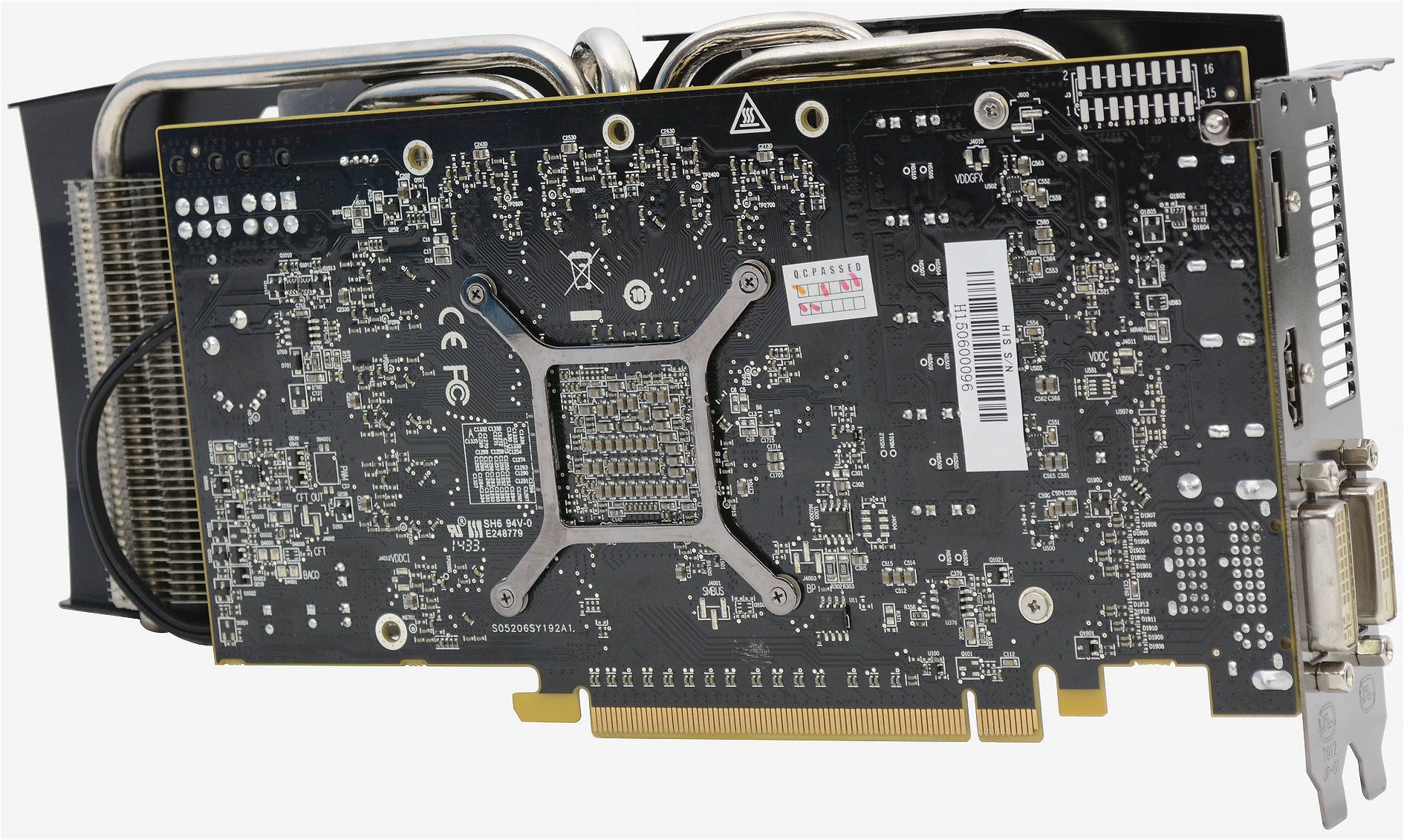HIS Radeon R9 390 & 380
Back when the Radeon R9 290X and R9 290 were released over a year and a half ago now, the R9 290 was by far the best buy as it was priced almost 30% lower but was just 5% slower. Today the HIS R9 290 iPower IceQ X² OC 4GB costs just $250 while the R9 290X is $300. With the former being more than 15% cheaper, the gap has closed but the R9 290 remains the better value option.
It looks as though this trend will be repeated with the R9 390 and R9 390X as the vanilla 390 should be priced 15% cheaper while on paper it can't be more than 9% slower and will likely be similar to the 5% we saw when comparing the R9 290X and R9 290.
In fact, while the R9 290X was clocked slightly higher than the R9 290 this isn't the case with the R9 390. Both the R9 390X and R9 390 feature the exact same core and memory frequencies with the only difference being the core configuration.
The R9 390 is armed with 2560 SPUs and 160 TAUs, 9% fewer than the 390X while it features the same 64 ROPs. Compared to the original HD 7970, the R9 390 has 25% more SPUs and TAUs along with 100% more ROPs.
The HIS R9 390 IceQ X² OC 8GB features the exact same IceQ X² cooler found on the 390X version we just looked at so we won't go into detail again. Additionally, the card carries the same PCIe power connector configuration and the same I/O panel connectivity which includes two DVI-D outputs along with just a single DisplayPort and HDMI output.
HIS Radeon R9 380
The R9 380 is a rehash of the R9 285 which means it's based on the latest Graphics Core Next architecture. At its roots you will find a graphics card that is almost three years old now (the HD 7950).
Like the HD 7950, R9 280 and R9 285 before it, the R9 380 features 1792 SPUs, 112 TAUs and 32 ROPs, the only real changes that impact performance have been made to the clock speeds.
For the R9 380 the clock speed has been set at 1000MHz, 9% faster than the R9 285, 21% higher than the R9 280 and 18% higher than the 7950. The GDDR5 memory frequency has been set at 1375MHz (5.5Gbps), the same frequency as the R9 285 which is higher than the 1250MHz (5.0Gbps) that the R9 280 and HD 7950 ran at.
However, when looking at its memory subsystem we find that the R9 380 has the same critical flaw as the R9 285: a 256-bit memory bus. In comparison, the R9 280 and 7950 both featured a wider 384-bit memory bus and 3GB frame buffer. The 256-bit wide memory means the default memory capacity has also been downgraded to just 2GB.
While the memory capacity shouldn't be cause for alarm, the 27% reduction in available memory bandwidth is. Although the memory is clocked 10% higher on the R9 380, it's going to be much slower than the R9 280 when comparing bandwidth performance.
On the bright side, due to its higher core operating frequency, the R9 380 boasts higher fill rates and better compute performance. Still, if you were to overclock the R9 280 to match the R9 380 you should be rewarded with better performance.
Again we find the IceQ X² cooler in use, though the design is different than the implementation of the bigger R9 390X and 390 cards. This time the cooler uses a pair of slightly smaller 86mm dual axial fans which are connected directly to the heatsink.
The heatink measures 200 x 80 x 30mm and features a massive 115 x 94mm copper base. Connected to that base are five 6mm heatpipes, which are designed to quickly extract heat from the copper base and move it through the large array of fins.
To feed the card enough juice HIS includes dual 6-pin PCI Express power connectors, which is the same configuration used by the AMD reference card. This is the same setup used by the R9 270X and R9 280 for example.








